
How Common Household Pests Get In

Check the Foundation or Siding Joint
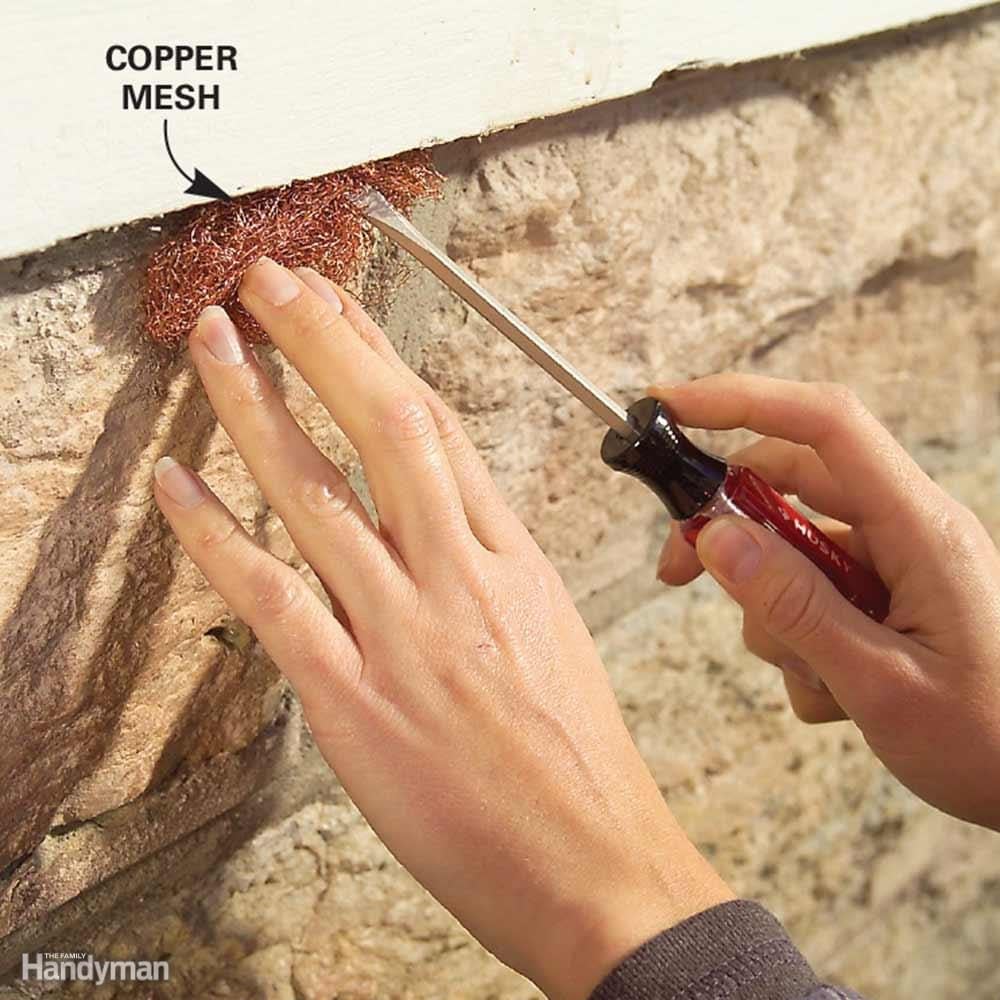
Plug Gaps With Mesh
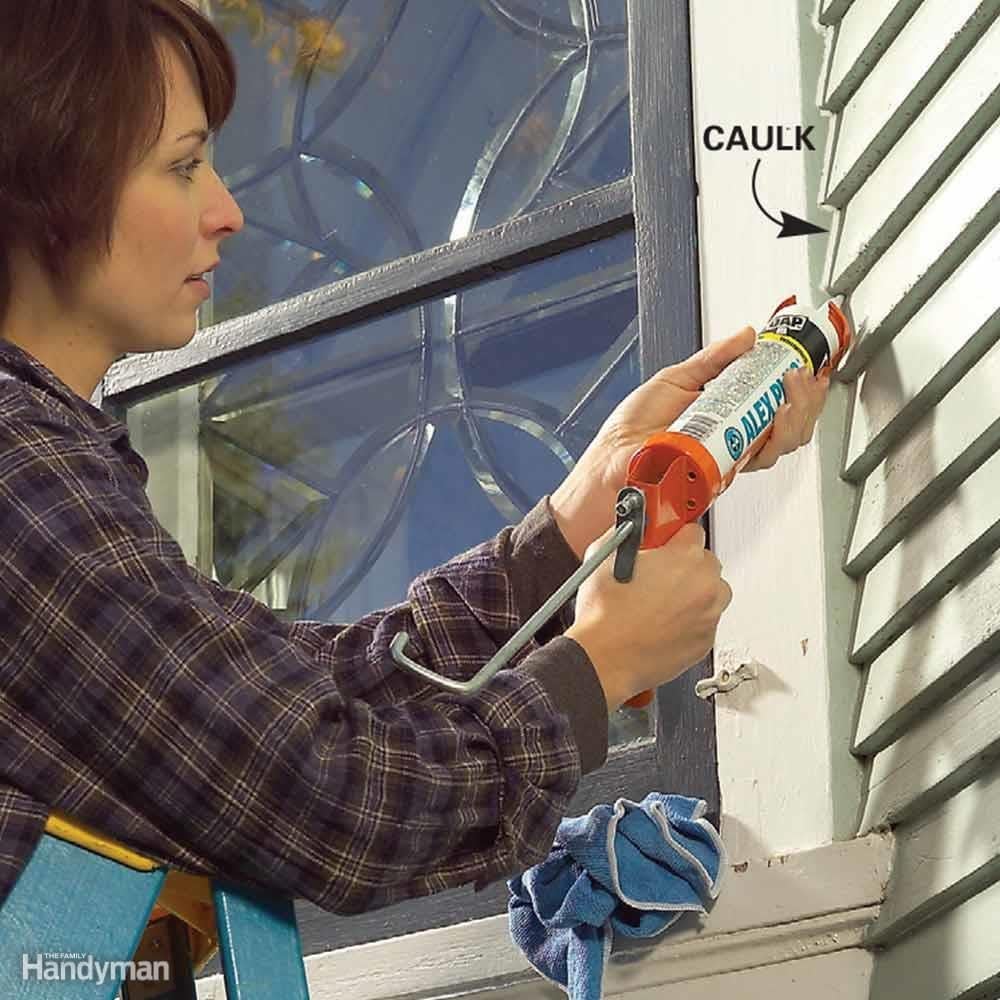
Caulk Gaps Between Trim and Siding
Fill gaps between trim and siding with acrylic latex caulk. Keep a wet cloth handy to clean up any stray caulk. Smooth the bead with a wet finger.
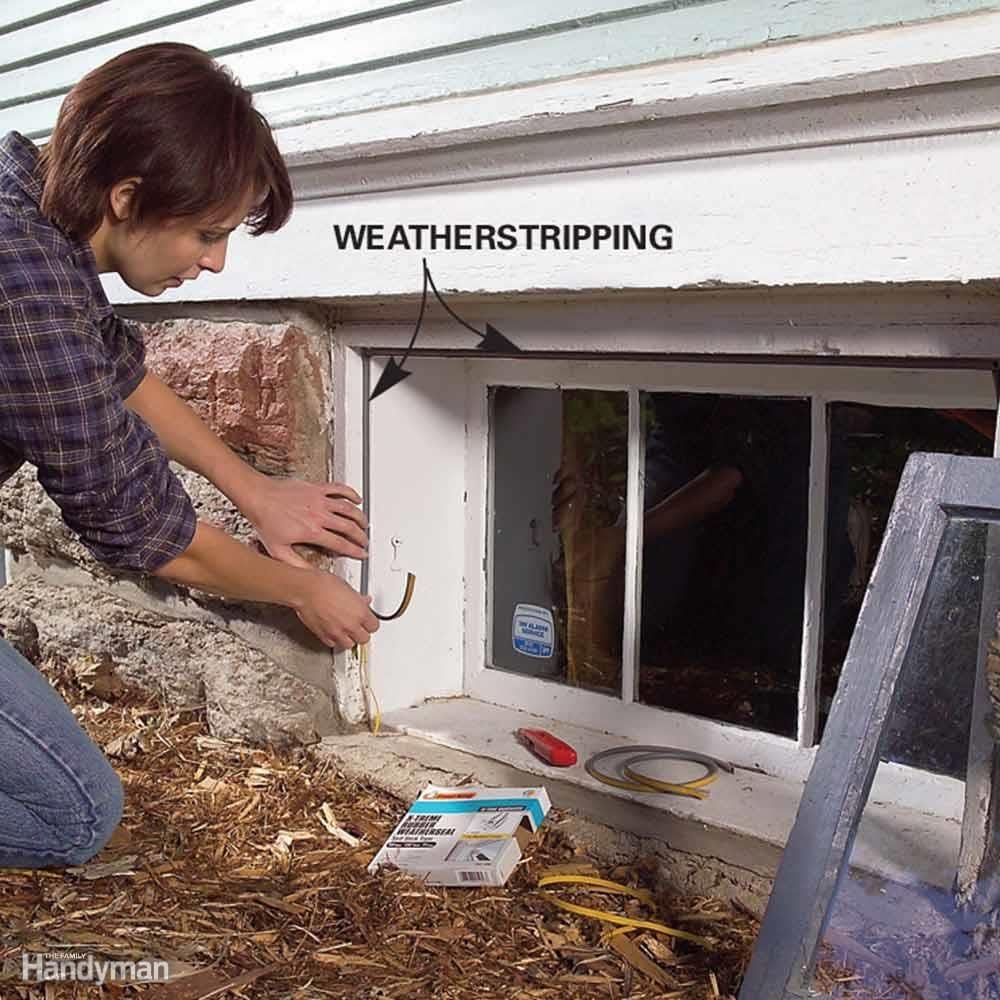
Seal Gaps at Doors and Windows
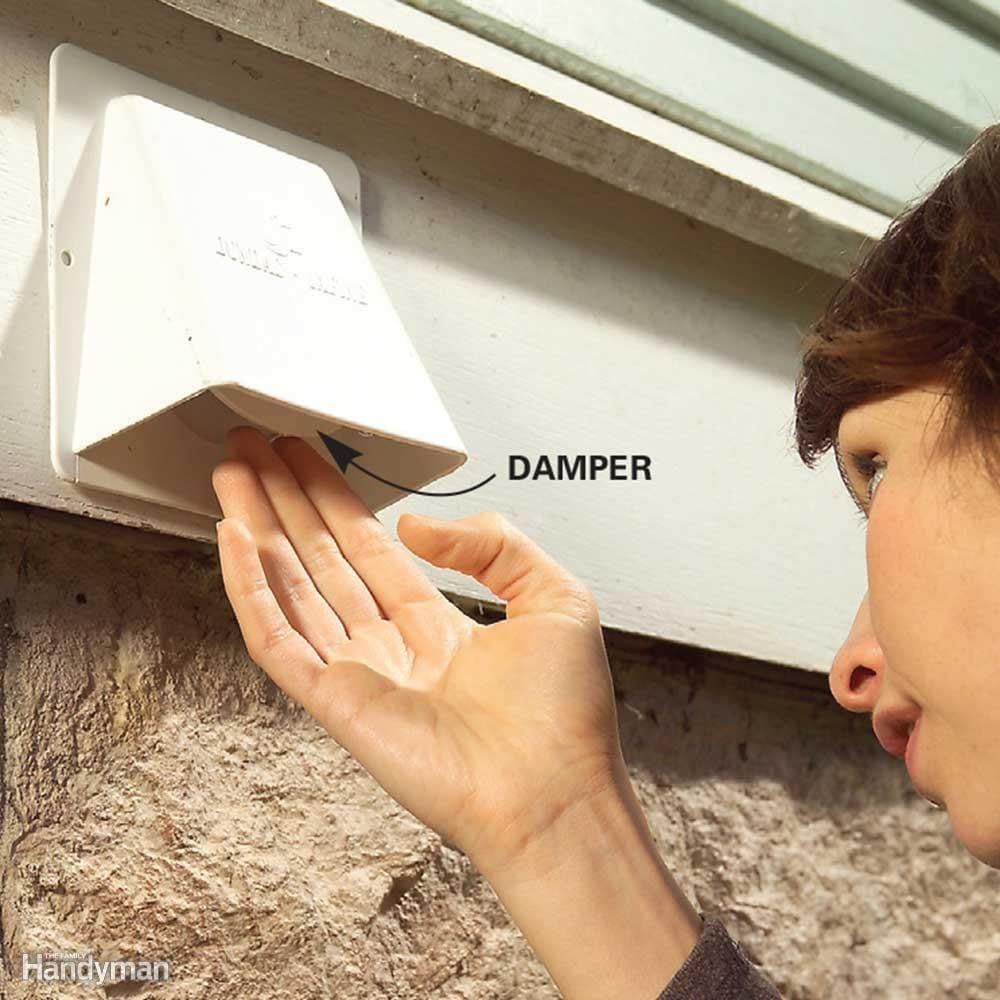
Look for Gaps at the Dryer Vent
Examine dryer vents to ensure the damper isn't stuck open or broken off completely. Also check that the seal between the vent and the wall is tight.
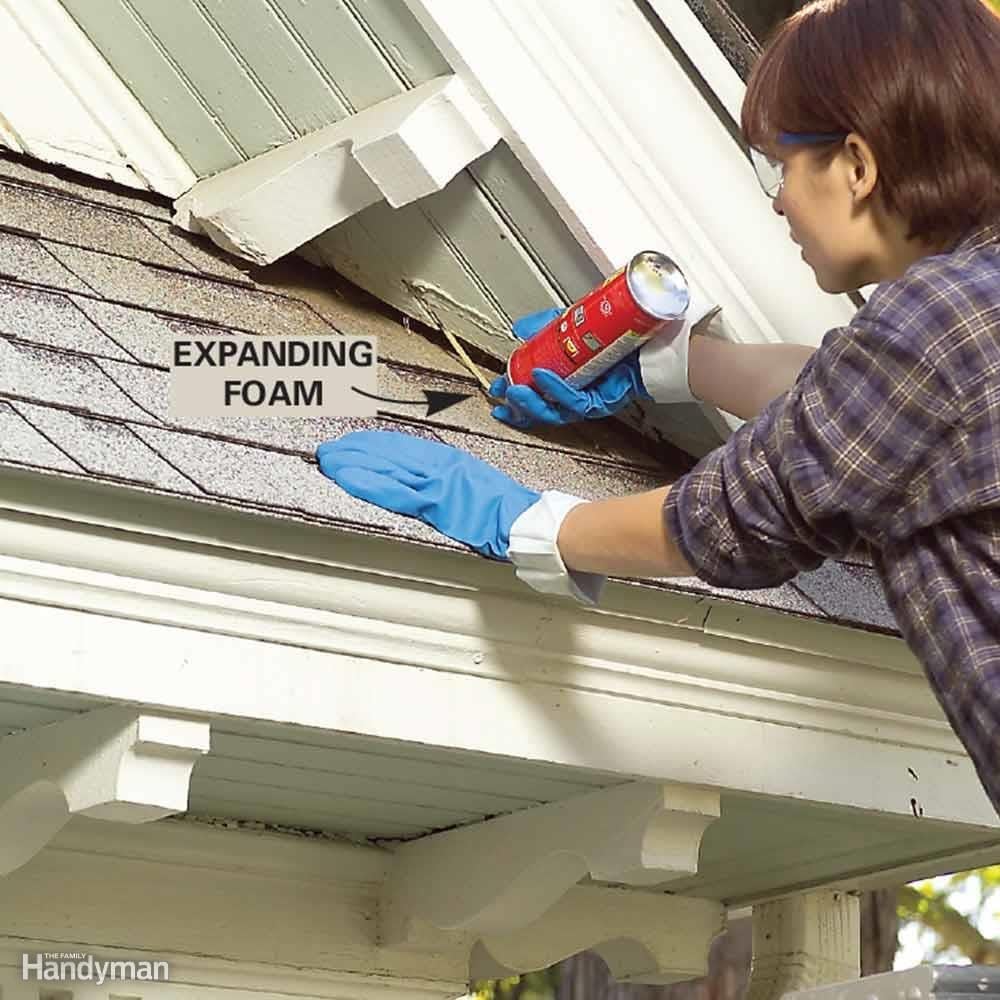
Foam Large Soffit Gaps
Pull nests from the soffit gaps and then fill these openings with expanding foam. After the foam hardens, cut off the excess with a utility knife.
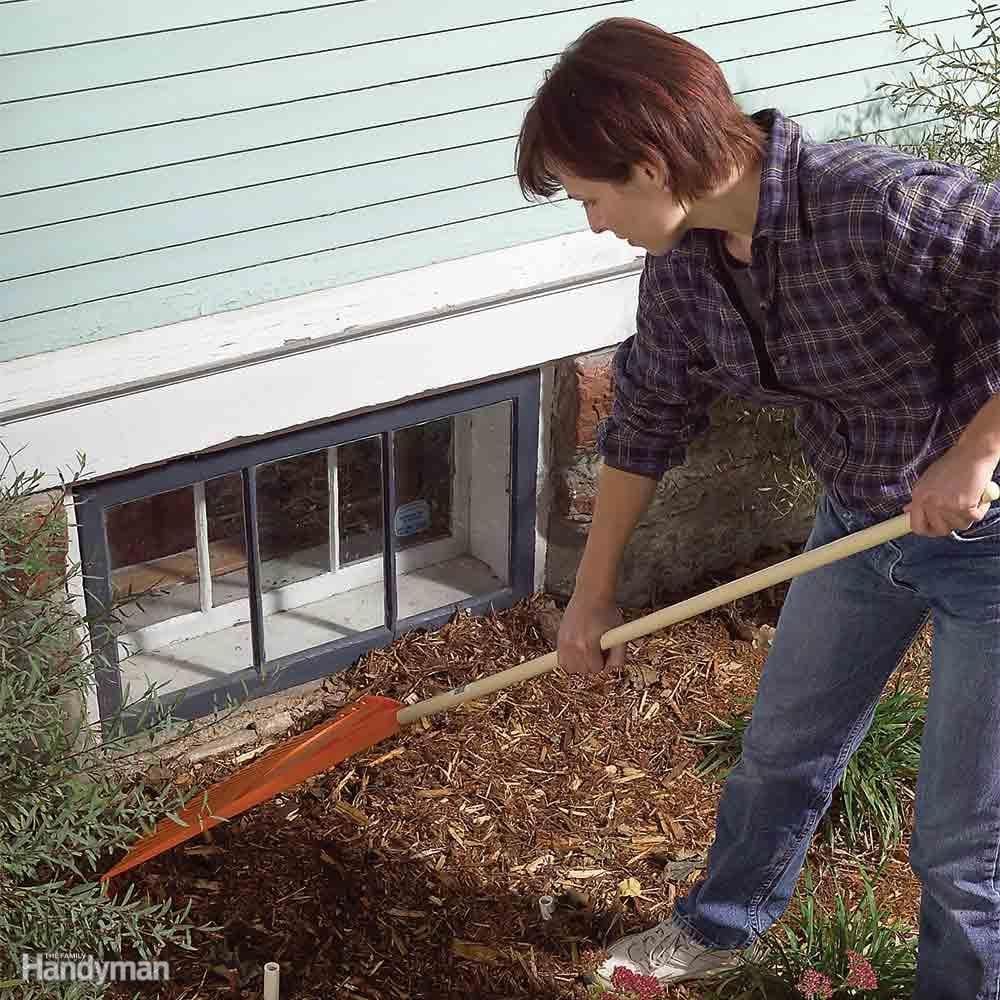
Protect Wood From Moisture
Insects and other small pests need to draw life-sustaining moisture from their surroundings, so they avoid dry places and are attracted to moist ones. If the soil around your house, the foundation and the walls is dry, it'll be less attractive to insects, spiders and centipedes. Rake moisture-wicking soil and mulch away from the window frames and low wood. Turn your mulch periodically to help keep dampness down, and keep bushes trimmed back as well.
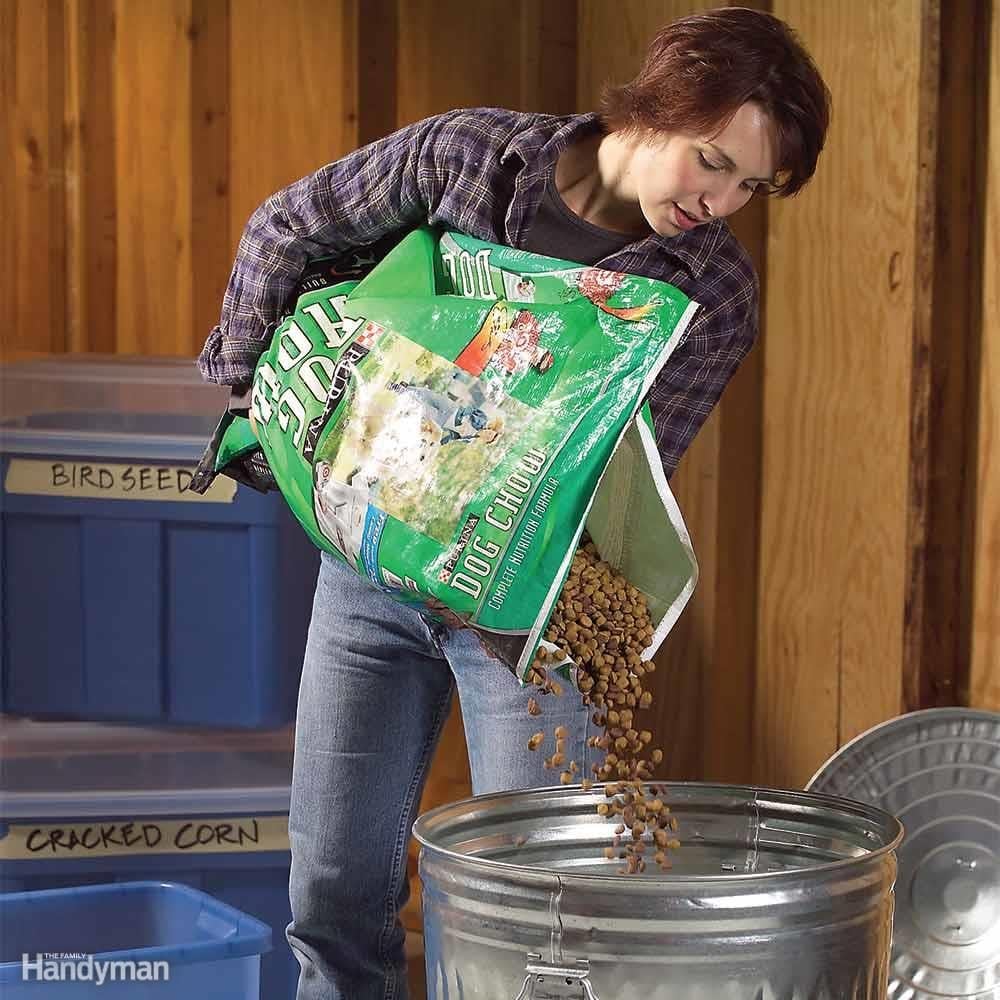
Store Pet Food
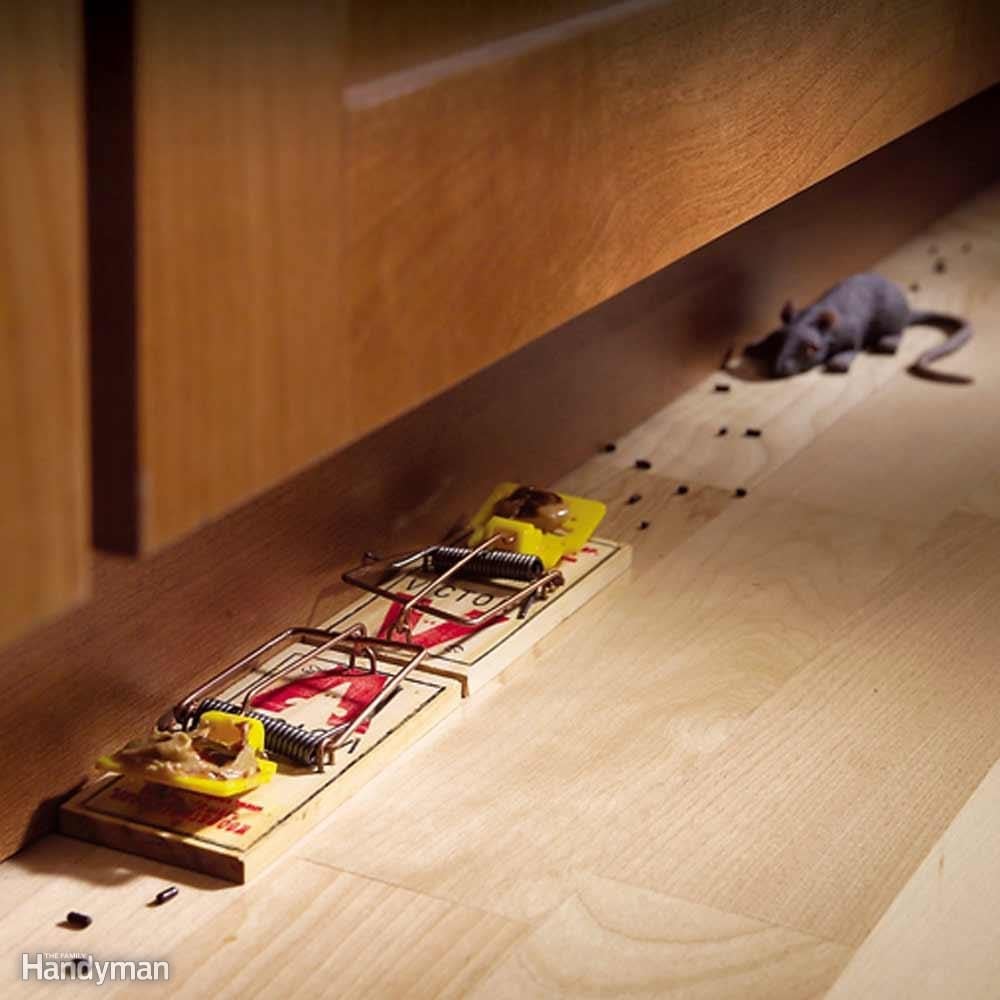
Mousetrap Technique
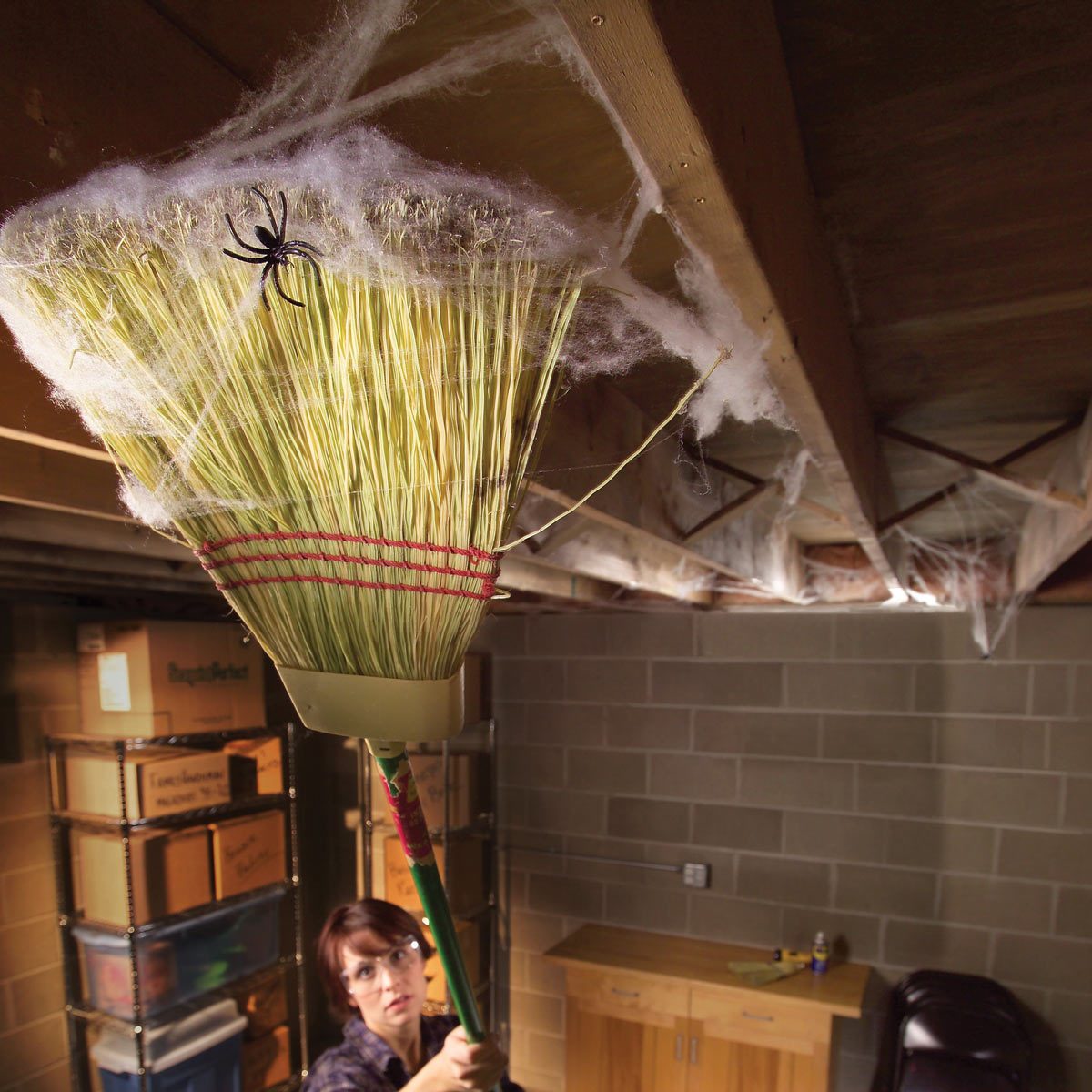
Spider Solution

Eliminate Cockroaches
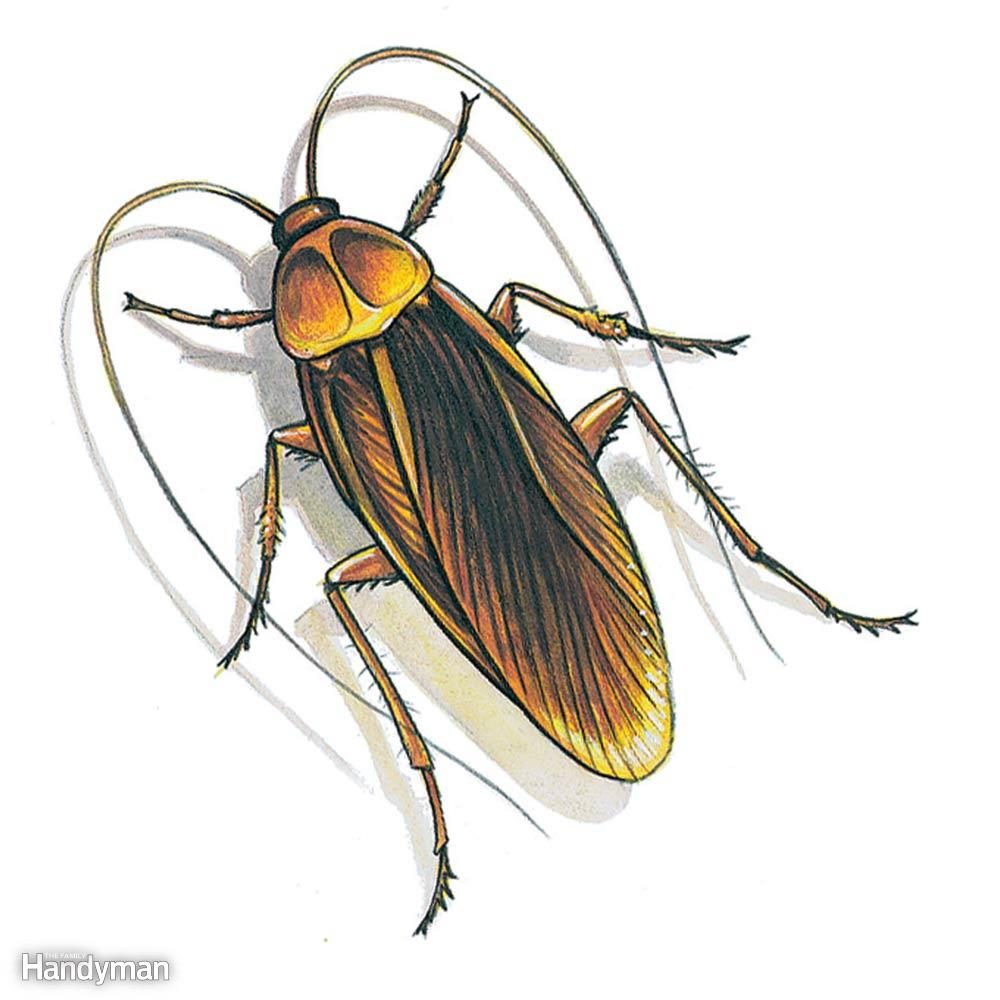
Roaches
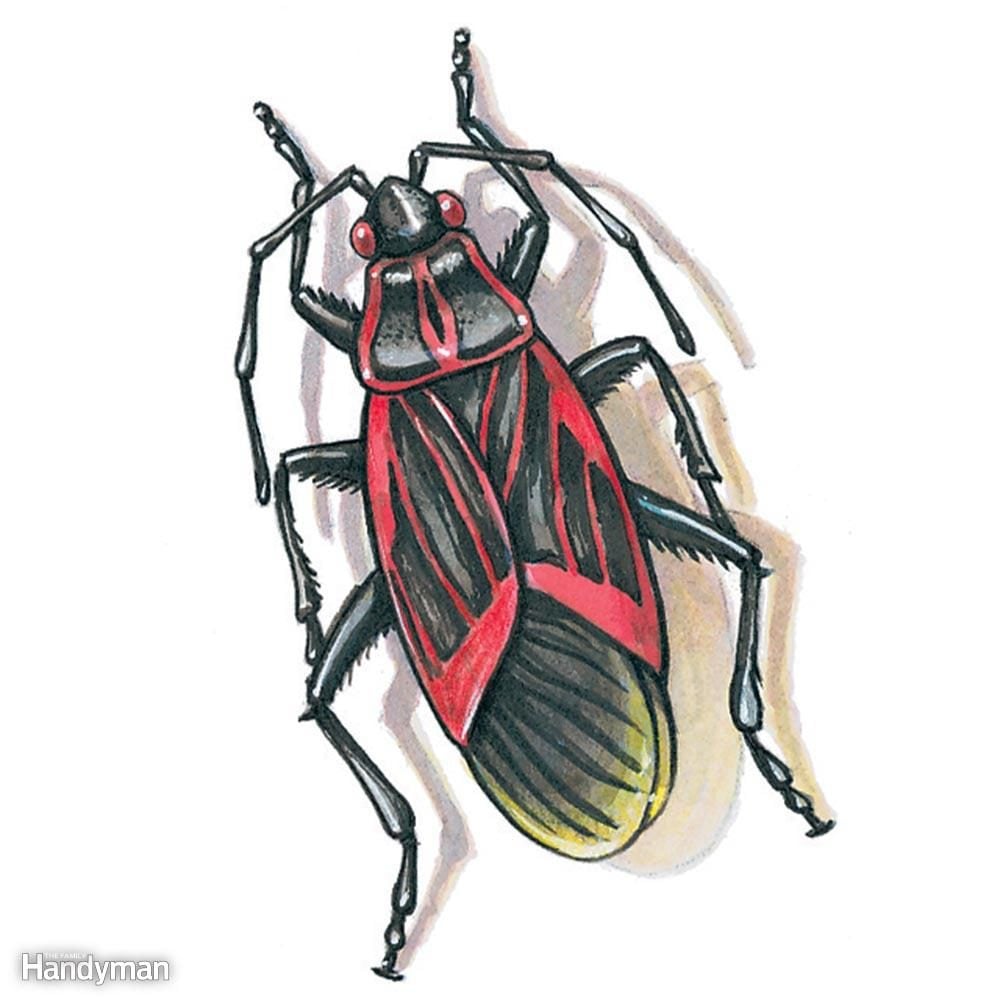
Box Elder Bug Swarm

Stop Moles From Tearing up Your Yard

Keep Raccoons Out
- Cut back overhanging tree branches and brush so raccoons can't get onto the roof.
- Add chimney caps, or replace them if they're damaged. Fireplace chimneys make great dens for pregnant raccoons. If you hear raccoons in the firebox in the spring or summer, you may need to wait until the fall for the raccoons to leave before capping the chimney, or else call an animal control specialist.
- Block crawl spaces and other possible entry spots with securely nailed 1/4-in.-mesh hardware cloth. Wait until the fall after the babies are out but before hibernation, or until you're sure the raccoons are gone.
- Raccoons eat garbage, pet food, fruits and vegetables, and fish from garden ponds. Make trash cans inaccessible. Cover fish ponds with netting. Don't leave pet food outside.
- Protect vegetable gardens, especially if you're planting sweet corn, with wire electric fencing (consult the manufacturer's instructions for spacing and wiring instructions). Fencing is available from farm supply stores and Internet suppliers.
- If raccoons have already made a den in your attic or crawl space, put a radio, flashing lights, ammonia, mothballs or commercially available repellents in it, then give them a few nights to leave. To make sure they're gone, stuff the entry with newspapers. If the paper is still in place after a few days, the raccoons have left.